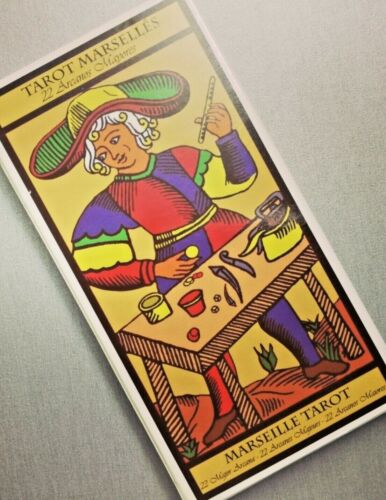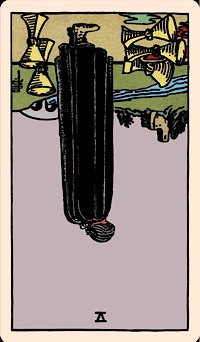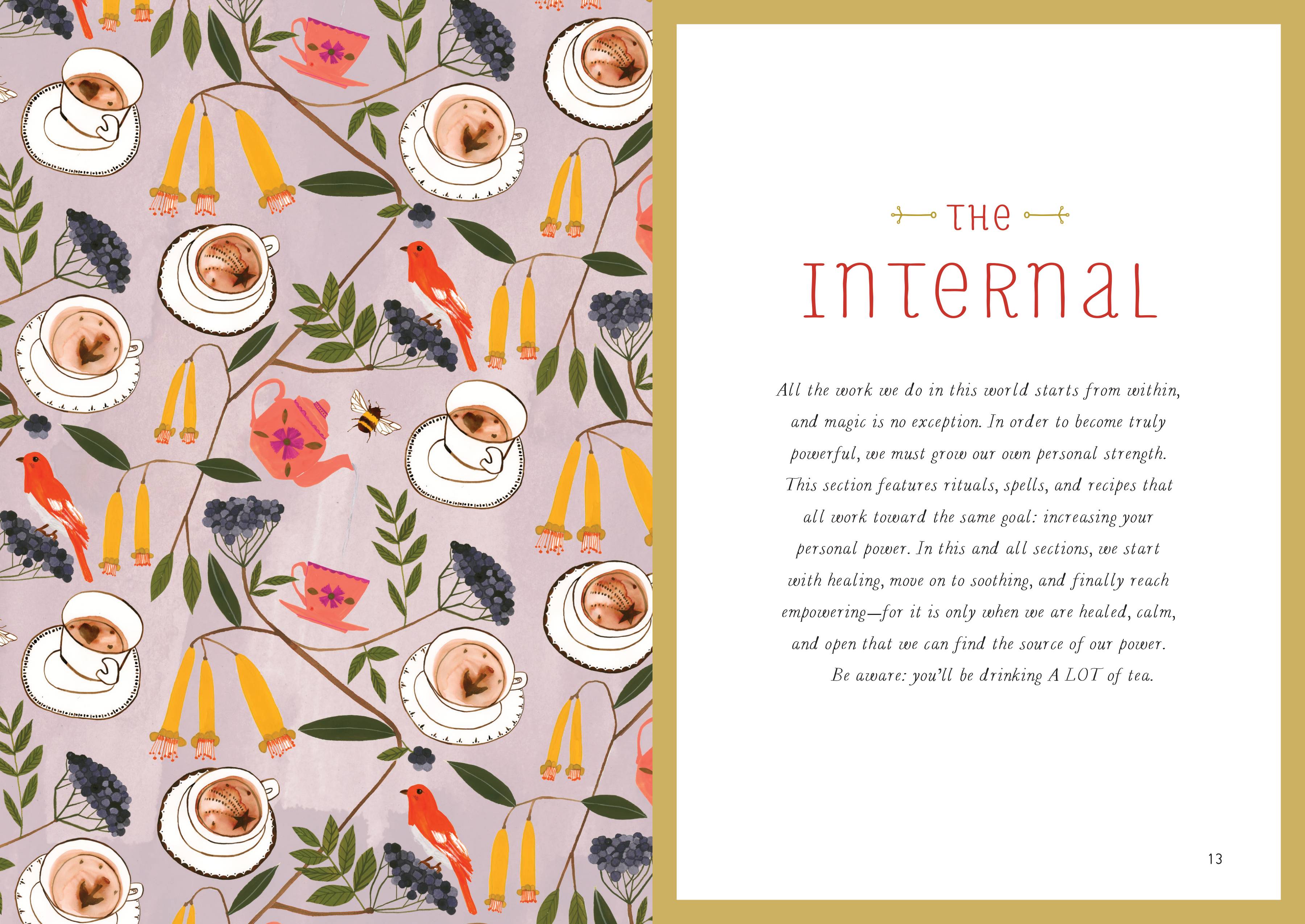
Cold reading is a type of public speaking where you read aloud from a text. It is a popular technique in the performing arts, especially in the theater. It's a great way for improving your speaking skills and impressing an audience. It's also known as "theatrical reading". Cold reading, in addition to its effectiveness for public speaking is an excellent tool to build confidence.
Techniques
There are many techniques for cold reading. Some of these include watching the body language and details in the conversation. Listen to the subject and learn as much information as possible about their lives and concerns. Also, observe how the subject reacts to your statements and refine your statements based upon the results.
In addition to using a variety of techniques, you can also create a win-win situation by making a contradictory statement about the subject's behavior. Mentalists often create these situations by making contradictory statements about the subject's behavior. One common way to do this is to give a subject a vague statement about an emotion, thought, or other topic. This tactic is highly effective since the subject is likely familiar with both sides of the emotion.
Audience selection
Target potential customers by their interests. You can also target your ad to those who are most likely to purchase your product. You can get the most from your advertising campaigns by using demographic targeting.

Cold reading is a skill that requires you to be able make an impression on the audience. Many candidates focus on the script while auditioning and lose eye contact with the audience. Try to hold the script one hand in your other hand and make eye contact with your audience. Make sure to turn the page quickly. To make it easier to turn the page, you may want to fold one corner.
Body language
Cold reading is the art of understanding people's nonverbal signals and deciphering what they are trying to communicate. This skill is very useful when you need to gauge someone's confidence or nervousness. It can help you adjust to different situations. Many people believe body language is the equivalent of cold reading. But, that's not true.
Although cold readers are often able to make very broad assumptions about the person they're reading, this is not true. Although most of this information is accurate, it can also be provocative. To narrow down the scope of the statement and refine it based on the response, you need to pay attention to the body language. An example: A cold reader may make a humorous statement about a deceased relative. However, a more serious statement regarding the person's relationship with a former spouse might be more accurate.
False Signals
There are two main ways to detect false signals when cold reading. The objective validation relies on subjective validation. Both require some training and experience. A versatile repertoire is essential for any cold reader. A skilled cold reader will be able to recognize people in various mental states.
Cold readers who are successful will ask many different questions to obtain as much detail as possible. Then, the reader will repeat or rephrase what he or she has just answered and use that information as a guide in the next question.

Preparation
Cold reading auditions are something you need to be ready for as a performer. Although cold readings are not required to study scripts, it is important that you research the subject matter in order to understand what will be expected of you. This will help you get to know the material and the characters. For practice, you can read material before the class.
Actors must avoid becoming stiff while practicing for cold reading auditions. It is important to remember that actors communicate with their bodies just as much as they do with their words. Therefore, it is important to use gestures that convey the right emotion for the role.
FAQ
Where can I get free resources to learn more?
There are many websites dedicated to helping people discover new hobbies.
Here are some of the favorites:
www.trythisathome.com - This site provides a list of over 100 different hobbies. It also provides information on how to get started in each one.
www.hobbyfinders.org -- This site provides a searchable database of thousands upon thousands of hobbies that you can browse by skill level, location and interest.
www.indiebazaar.co.uk - IndieBazaar is an online marketplace designed specifically for independent artists and musicians. The site features hundreds of products ranging from artwork to music gear.
www.pinterest.com/explore/hobbies - Pinterest is a social media network that lets users "pin" images they find interesting onto their boards. Users can create boards to group things that they like into certain categories.
www.reddit.com /r/Hobbies - Reddit is another social media platform that lets users post links to articles, videos, or other types of content. Users can vote on which posts they think are most valuable.
What are educational hobbies?
An educational hobby is an activity where you learn something by doing it. It could be anything from playing sports to learning how to play an instrument.
The key thing is that it should be fun and enjoyable for you. It doesn't have to be done all the time. However, if you get bored of it, you should think about other things you can do instead.
You also want to ensure you're not spending too much on these activities because they can end up costing you more than they're worth.
What are competitive hobbies, you ask?
Swimming, running, cycling, golfing and tennis are some of the competitive sports.
They're often enjoyed by people who are active and want to socialize.
If your hobby is physical activity, chances are that others share it.
You might consider joining a group or club that meets regularly to play together in sports.
Participating in group games, which involve playing alongside others, is another option.
These include: football (soccer), soccer, cricket, netball.
There are many types competition.
Some competitions are organized for purely recreational purposes.
Others are intended to test competitors' skill.
Other rewards are available to recognize exceptional performance.
These cases result in prizes for the winners.
Other competitions are designed to test the strength and stamina of competitors.
These are called endurance events.
For example, marathon races, triathlons, Ironman Triathlon, etc.
Athletes often train hard before competing in these events.
They will follow a strict training program to prepare themselves mentally and physically.
They might also need to be away from their homes during preparation.
It is important to keep in mind that not all athletes can compete in every event.
What is a hobby for kids?
Hobby for children is anything they enjoy doing outside of work. Kids might enjoy drawing pictures, making things, painting, writing, crafting, and other activities.
Many parents are concerned that their children may get into trouble if allowed to do as they please. But this isn't always true. If your child is safe and doesn't cause harm to themselves or anyone else, they won't get into trouble.
It's important for people to understand that just because they like something doesn't necessarily mean they'll choose it all the time. If they don't like writing but love drawing, they might choose to draw images instead.
There are many different hobbies, so it is up to you which one you love the most.
Statistics
- A new survey by Pew Research Center of teens ages 13 to 17 finds that 36% of girls feel tense or nervous about their day every day; 23% of boys say the same. (pewresearch.org)
- Much of this decline reflects the fact that teens are less likely to work today than in the past; among employed teens, the amount of time spent working is not much different now than it was around 2005. (pewresearch.org)
- Almost 80% of people claim to have no hobby. (hobbylark.com)
- The intensity of the dialogue partners' bond at the end of the forty-five-minute vulnerability interaction was rated as closer than the closest relationship in the lives of 30 percent of similar students. (time.com)
- 37% Video Games 36% Travel 36% Health and Fitness (quizexpo.com)
External Links
How To
How to start baking
Baking is the art of making food out of flour, eggs sugar, butter and other ingredients. Baking relies on flour, fats/sugars, leavening ingredients, salt and water. In this article, we will discuss how to make bread. We will use common ingredients like wheat flour, yeast, milk powder, egg whites, butter, olive oil, salt, honey, and water.
These ingredients are necessary for baking bread. First, add the dry ingredients, flour, yeast, and salt to your mixing bowl. Then, add your wet ingredients (milk powder, eggs white). Combine them. Mix in the honey, then knead until the dough is smooth. Let the dough rise for around 30 minutes. After rising the dough should be firm and elastic. You can roll out the dough and place it on a baking sheet. Bake at 180degC for 15 minutes.